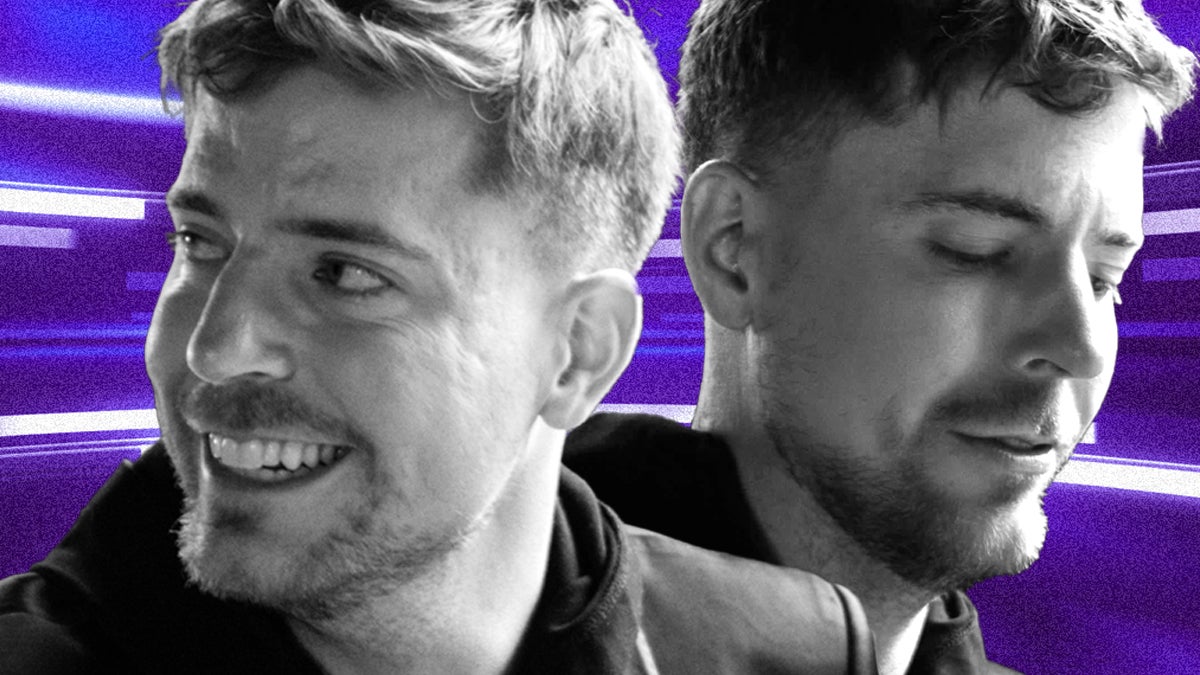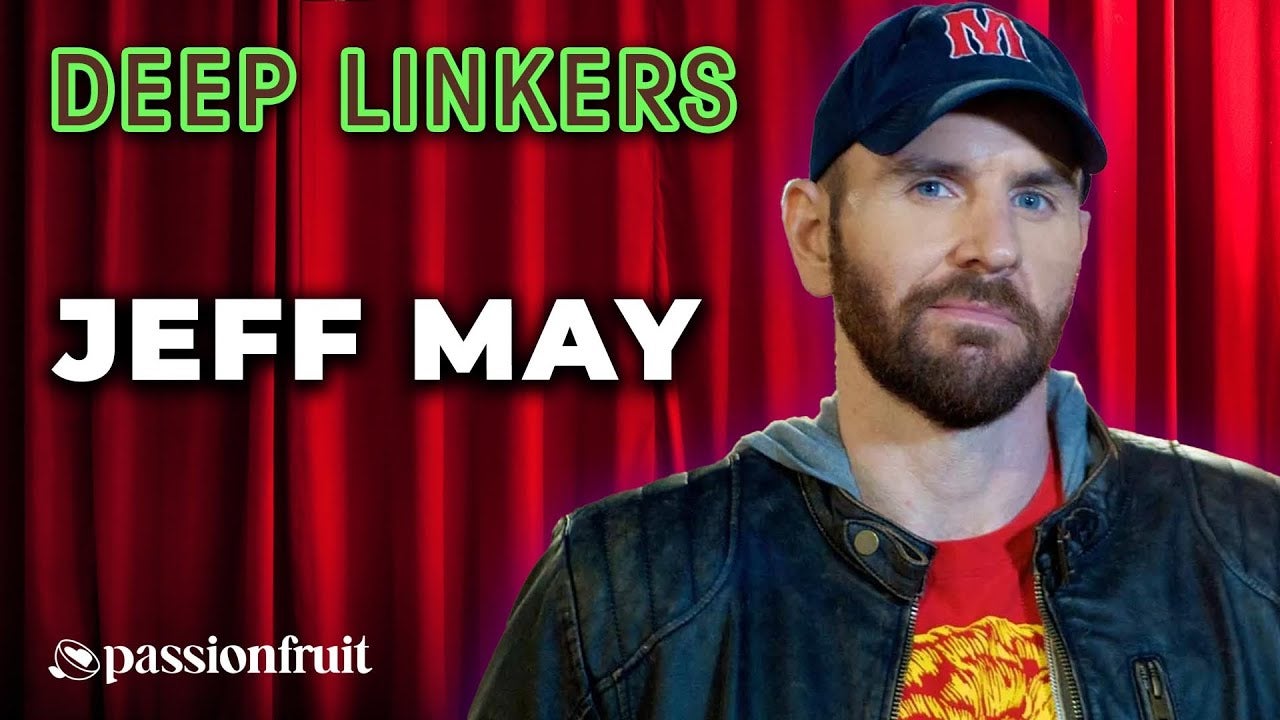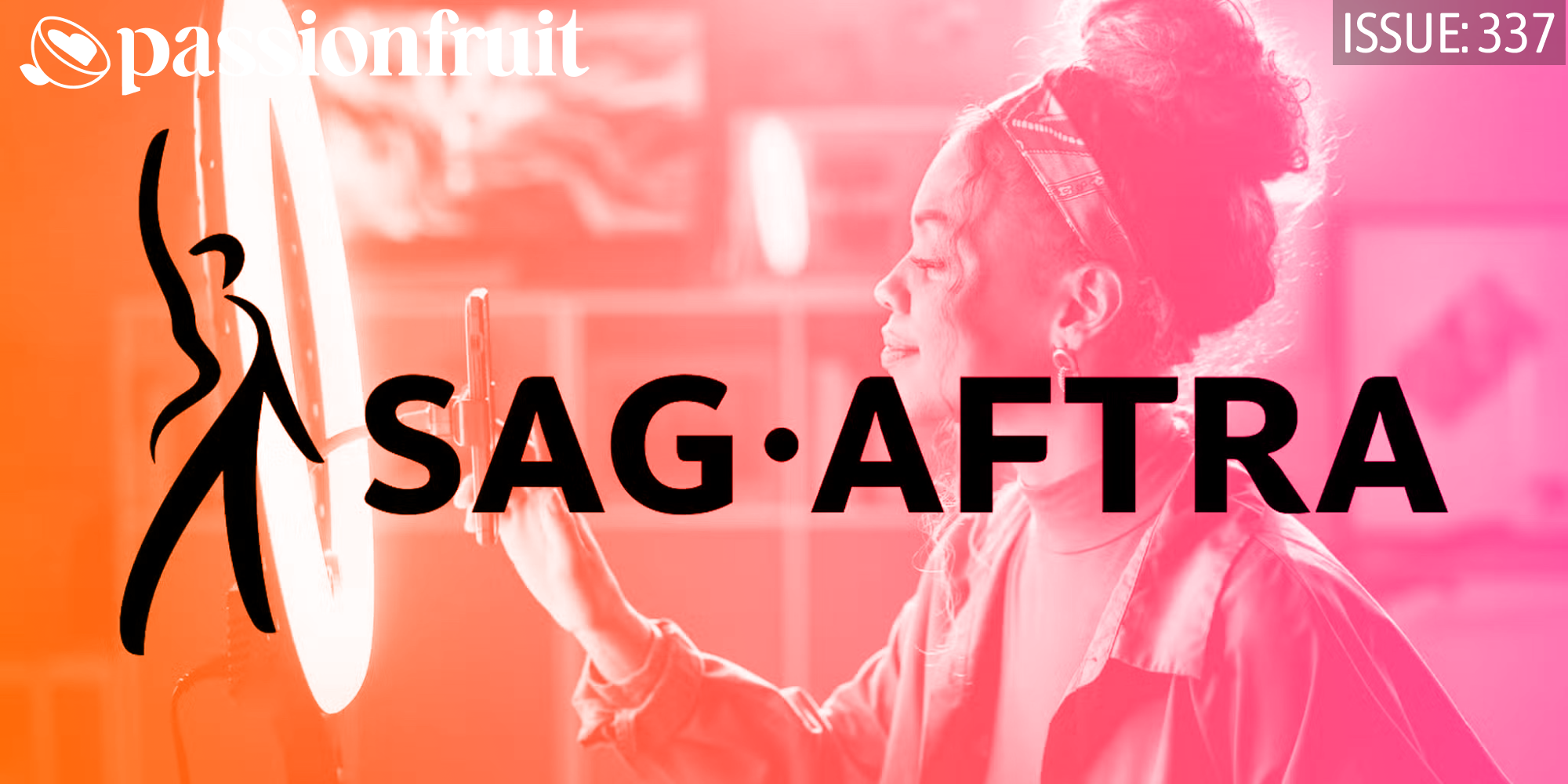This week, Twitch announced drastic changes to its Highlights and Uploads storage limits. Highlights, for those of you who don’t stream on Twitch, are little clips from previous broadcasts. It’s a way to share your favorite moments with your fans, or help your fans share their favorite moments of you.
Previously, Twitch users could have an unlimited number of Highlight videos. Starting on April 19, 2025, streamers will be limited to just 100 hours of Highlight storage. That may seem like a ton of space. 100 hours is objectively a long time, a little over four days’ worth of clips. However, it’s important to remember exactly how long people stream on Twitch per session.
According to Statista, in 2024, the average length of a Twitch stream was three hours. The average streamer will stream three to five days per week. That adds up to roughly 9 to 15 hours of streaming content a week. If you were to add a five-minute Highlight from every stream three times a week for one year, that would be roughly 13 hours of Highlights. For a first-year streamer, the 100-hour limit doesn’t seem so rough.
However, that assumes Highlights are always short. Highlights aren’t always just short clips of streamers gaming. They’re often quite longer. Take streamer stableronaldo, for example. The self-described “professional loud man” has Highlights that range from 33 minutes to just two minutes.
Streamers use these longer highlights to showcase adventures they go on, long debates, epic gaming sessions, and more. If a streamer posts thirty minutes of clips from each three hour stream in a year, that will take up 78 hours of their limit. Leaving them with just 22 hours of Highlights left. Now, obviously, that’s a ton of Highlights, more than most people would ever use. Unless, of course, you’re a gamer or a speed runner.
Twitch has built its audience over the years by encouraging people to not just stream games, but also upload Highlights. It’s a way for people to show new viewers their skills and draw them in as audience members. There are creators, for example, who have built their audience with long plays of old video games. Each one can take anywhere from thirty minutes to hours to play.
What about the Magic the Gathering players who use Highlights to showcase deck builds and strategies? These are longer, in-depth clips. Twitch has encouraged them for years to make and share them. Now, with no warning a limit has been set. Worst of all, the limit has already taken effect.
People who have been streaming for years with unlimited Highlights, are discovering they’re suddenly locked out. Not only has the limit been set for the future, but if you’re over the 100 hour threshold right now, Twitch won’t let you upload anything else. You have to delete anything over 100 hours to upload new clips. The April 19 deadline is just when Twitch will start deleting these videos for you.
This policy change came out of nowhere. There are active users with over 3000+ hours of Twitch Highlights who can’t upload until they download or delete enough highlights. But beyond the shock for current creators, this will be a massive burning of older users’ information. If your favorite Twitch streamer has retired or, god forbid, passed away, their Highlights may be the only way to watch old streams. Who is going to save those clips?
Without warning, the entire historical landscape of the world’s biggest streaming platform is going to change. Yes, Twitch is rolling out a video producer service that will help users sort their Highlights to figure out what to back up. But these are lifeboats for Twitch streamers with massive archives of Highlights. Unless you have the time to download everything, you’ll be making hard choices about what goes on the boat.
The main takeaway for every creator, whether you’re on Twitch or not, is to maintain your own backups. Don’t trust that any platform is going to protect your work. If you’re not paying for storage, that storage is not yours. Buy a massive hard drive. Make sure you save copies of the work that is important to you on a drive that you control, then make a copy of that drive.
As a photographer, I’ve learned to have three backups. I have a digital backup online, a massive solid-state drive that I use for daily work, and an extra backup in a closet. Once a month, I upload everything new to the closet backup. If my online storage is hacked, I have two extra physical backups. If one of my physical backups fails, I have an extra with everything on it. At worst, I may lose a week or two of work if two options fail.
As creators, we are our own bosses. But it is easy to think of ourselves as a part of the platforms we post on; that’s why people call themselves YouTubers, TikTokers, or Twitch Streamers. You’re not the platform. Your account and the content on it ultimately belong to someone else.
You can only protect your content by having backups.
By keeping your own archive, you empower yourself to give your work a new home if it needs it. Take those Highlights and throw them on YouTube or Patreon. See what audience you can build. It’s your footage. Make the most of it. But remember, that freedom only comes when you have copies of your work.









